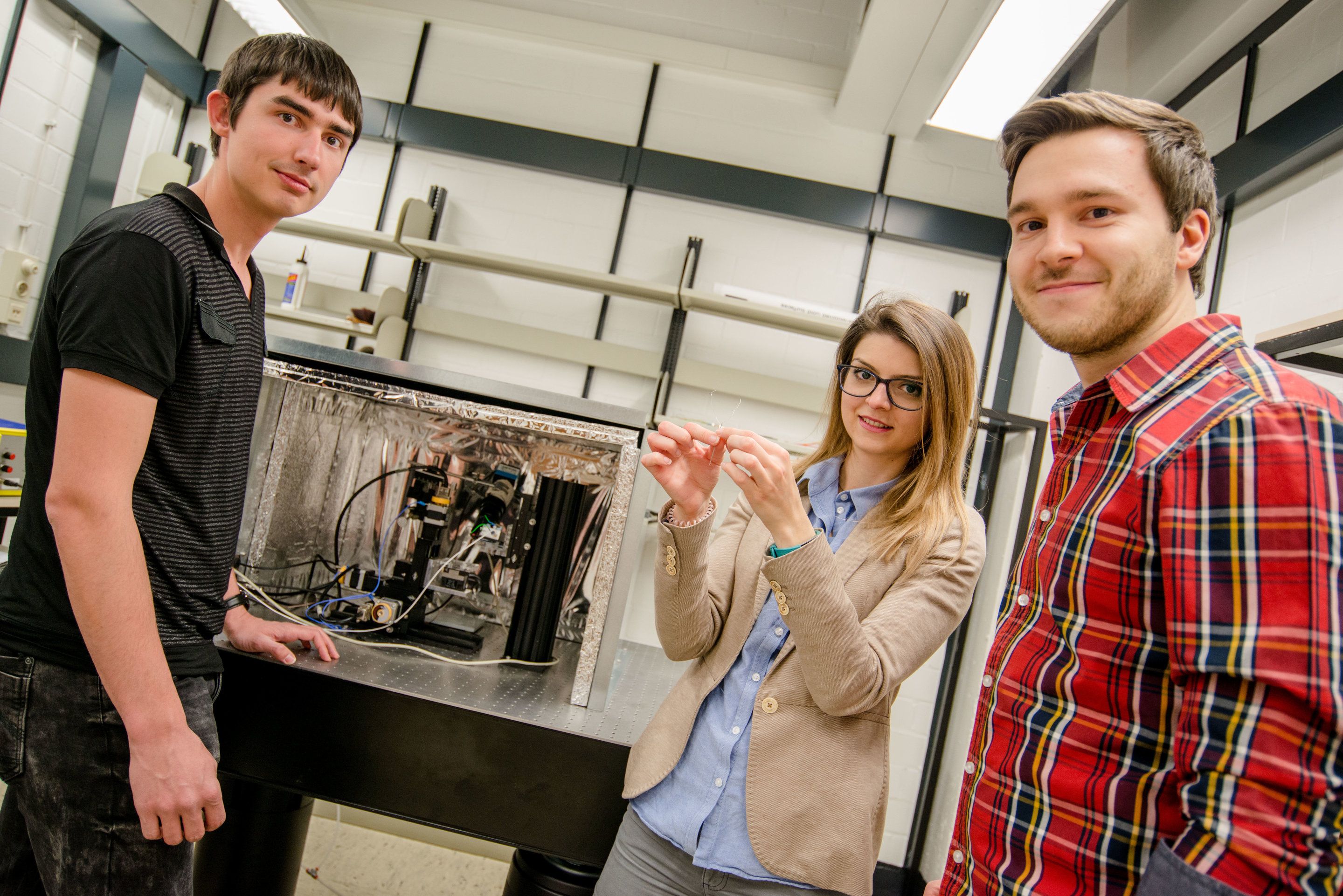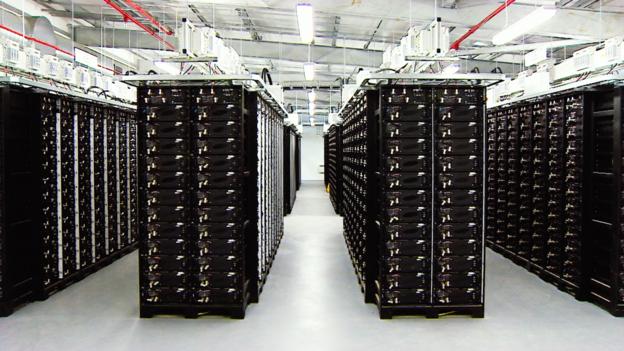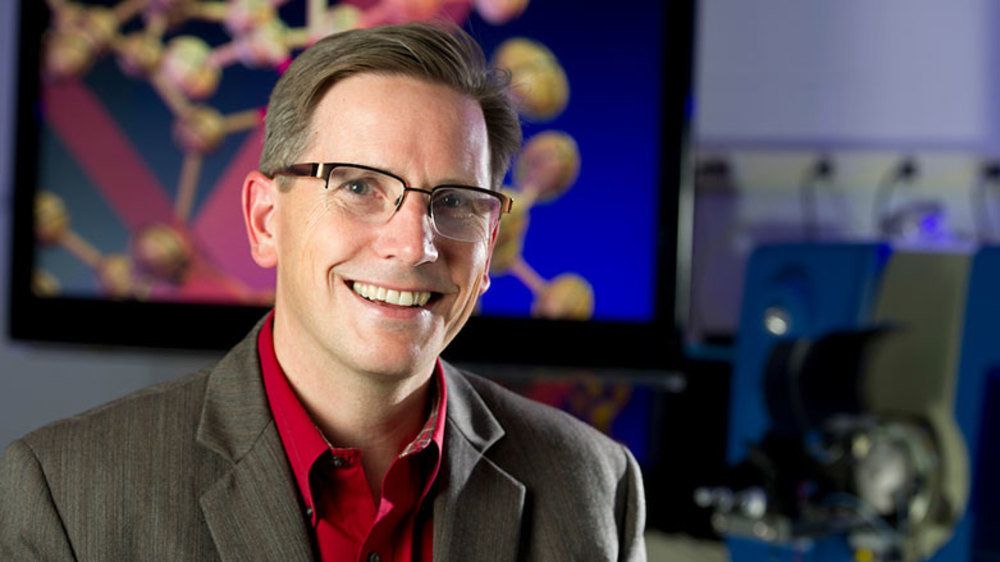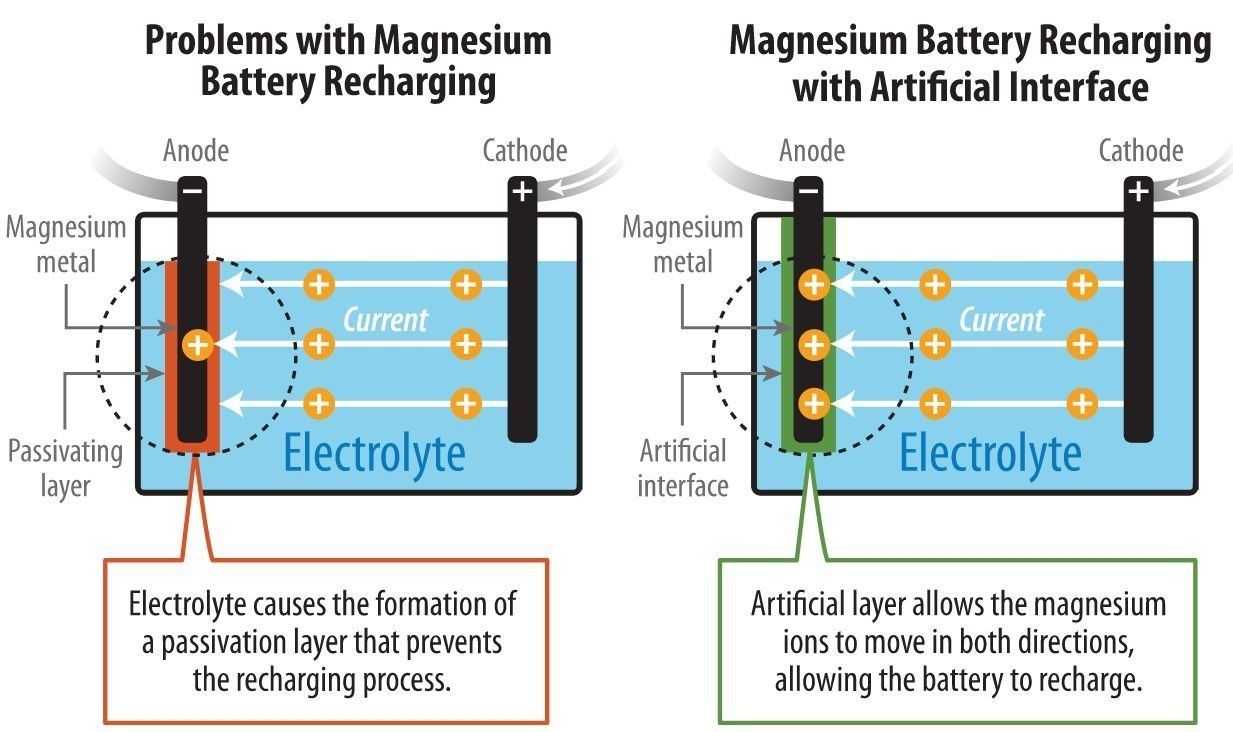Archive for the ‘energy’ category: Page 289
Apr 12, 2018
ARA Develops Lightweight Laser Weapon System
Posted by Klaus Baldauf in categories: drones, energy, military, space
ALBUQUERQUE, NM – Applied Research Associates, Inc. (ARA) is developing a compact, completely self-contained directed-energy weapon that is the first of its size and specifications, making it a standout from existing systems.
The Silent Saber is high power, 1.5 kilowatt fiber laser packaged in a backpack with power supplies and a unique thermal control system. A telescope with multiple potential mounting configurations can be mounted to existing Picatinny rails of a soldier’s rifle, and a laser is connected to the telescope by a fiber cable.
“This tool provides options to the warfighter to support explosive ordnance disposal, counter infrastructure and counter drone missions,” said Principal Engineer Joseph Paranto, ARA’s Director of Directed Energy Systems.
Apr 11, 2018
Sensors Lead A New Age Of Man-Machine Collaboration
Posted by Genevieve Klien in categories: energy, health
“We shape our tools”, the old maxim goes, “and thereafter our tools shape us.” But what if both man and tools could shape and guide each other — as equals?
That’s the dream of the Senior Director of Advanced Technology at InvenSense, a TDK Group Company, Dr. Peter G. Hartwell, who believes we are heading into a profound new age of man-machine collaboration, led by breakthroughs in sensor technology. “Some problems simply can’t be solved using human senses or machine capabilities alone; we need a fusion of the two,” says Hartwell.
The problems which Hartwell targets are at the very core of a life well lived: customized health care, more energy-efficient infrastructure, productive workplaces, safer cities, and improved environmental monitoring.
Continue reading “Sensors Lead A New Age Of Man-Machine Collaboration” »
Apr 11, 2018
Robust and inexpensive catalysts for hydrogen production
Posted by Bill Kemp in categories: energy, materials
Researchers from the Ruhr University Bochum (RUB) and the University of Warwick were able to observe the smallest details of hydrogen production with the synthetic mineral pentlandite. This makes it possible to develop strategies for the design of robust and cost-effective catalysts for hydrogen production. The working groups of Prof. Wolfgang Schuhmann and Dr. Ulf-Peter Apfel from the RUB and the team headed by Prof. Patrick R. Unwin from the University of Warwick published their results in the journal Angewandte Chemie.
Hydrogen gas is considered a possible future source of energy and can be produced from water using platinum catalysts and electricity. However, researchers seek alternative catalysts made of cheaper and more readily available materials with equally high efficiency. There are a number of materials that, like platinum, are able to catalyse the reaction of water into hydrogen. “These include metal chalcogenides such as the mineral pentlandite, which is just as efficient as platinum and is also significantly more stable toward catalyst poisons such as sulphur,” explains Ulf-Peter Apfel. Pentlandite consists of iron, nickel and sulphur. Its structure is similar to that of the catalytic centres of hydrogen-producing enzymes found in a variety of sources, including green algae.
In the current study, the researchers investigated hydrogen production rates of artificially prepared crystalline surfaces of the mineral pentlandite in a drop of liquid with a diameter of a few hundred nanometres. They used scanning electrochemical cell microscopy for this purpose.
Continue reading “Robust and inexpensive catalysts for hydrogen production” »
Apr 9, 2018
The ‘new’ battery that may be vital for a zero carbon future
Posted by Genevieve Klien in categories: energy, sustainability
Researchers have made a potentially vital breakthrough in the search for renewable energy storage.
Apr 7, 2018
Researchers developing renewable energy approach for producing ammonia
Posted by Bill Kemp in categories: energy, food, sustainability
Researchers at the University of Notre Dame are developing a renewable energy approach for synthesizing ammonia, an essential component of fertilizers that support the world’s food production needs. The Haber-Bosch process developed in the early 1900s for producing ammonia relies on non-renewable fossil fuels and has limited applications for only large, centralized chemical plants.
The new process, published in Nature Catalysis, utilizes a plasma—an ionized gas—in combination with non-noble metal catalysts to generate ammonia at much milder conditions than is possible with Haber-Bosch. The energy in the plasma excites nitrogen molecules, one of the two components that go into making ammonia, allowing them to react more readily on the catalysts. Because the energy for the reaction comes from the plasma rather than high heat and intense pressure, the process can be carried out at small scale. This makes the new process well-suited for use with intermittent renewable energy sources and for distributed ammonia production.
“Plasmas have been considered by many as a way to make ammonia that is not dependent on fossil fuels and had the potential to be applied in a less centralized way,” said William Schneider, H. Clifford and Evelyn A. Brosey Professor of Engineering, affiliated member of ND Energy and co-author of the study. “The real challenge has been to find the right combination of plasma and catalyst. By combining molecular models with results in the laboratory, we were able to focus in on combinations that had never been considered before.”
Apr 4, 2018
US Power Sector Carbon Intensity drops below 1,000 lb/MWh for lowest emissions intensity on record
Posted by Bill Kemp in categories: energy, engineering
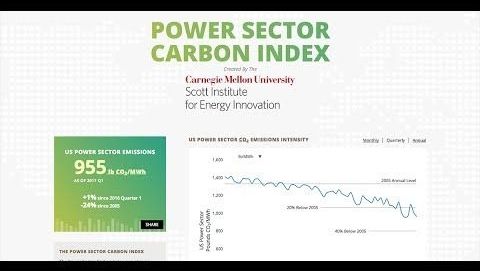
Mitsubishi Hitachi Power Systems (MHPS) and Carnegie Mellon University (CMU) today announced the release of the 2018 Carnegie Mellon Power Sector Carbon Index, at CMU Energy Week, hosted by the Wilton E. Scott Institute for Energy Innovation. The Index tracks the environmental performance of U.S. power producers and compares current emissions to more than two decades of historical data collected nationwide. This release marks the one-year anniversary of the Index, developed as a new metric to track power sector carbon emissions performance trends.
“The Carnegie Mellon Power Sector Carbon Index provides a snapshot of critical data regarding energy production and environmental performance,” said Costa Samaras, Assistant Professor of Civil and Environmental Engineering. “We’ve found this index to provide significant insight into trends in power generation and emissions. In particular, the data have shown that emissions intensity has fallen to the lowest level on record, as a combination of natural gas and renewable power have displaced more carbon intensive coal-fired power generation.”
Apr 4, 2018
Research overcomes major technical obstacles in magnesium-metal batteries
Posted by Bill Kemp in categories: chemistry, energy, nanotechnology
YES!!!
Scientists at the Department of Energy’s National Renewable Energy Laboratory (NREL) have discovered a new approach for developing a rechargeable non-aqueous magnesium-metal battery.
A proof-of-concept paper published in Nature Chemistry detailed how the scientists pioneered a method to enable the reversible chemistry of magnesium metal in the noncorrosive carbonate-based electrolytes and tested the concept in a prototype cell. The technology possesses potential advantages over lithium-ion batteries—notably, higher energy density, greater stability, and lower cost.
Continue reading “Research overcomes major technical obstacles in magnesium-metal batteries” »
Apr 3, 2018
Reaping the wind with the biggest turbines ever made
Posted by Genevieve Klien in category: energy
Wind power capacity is growing thanks to giant offshore turbines, but can they get much bigger?
Apr 2, 2018
Scientists invent cheaper and greener wastewater treatment
Posted by Bill Kemp in category: energy
A new energy-efficient process developed at Murdoch University is set to revolutionise wastewater treatment by significantly reducing the industry’s electricity consumption.
Dr. Ralf Cord-Ruwisch and Dr. Wipa Charles, along with two Phd students have collaborated with engineers Professor Liang Cheng and Dr. Lee Walker to form BioFilmTec Pty. Ltd – a research team designing and developing a new wastewater treatment system that requires less than half the electricity to operate.
With current wastewater treatment technology in Australia more than 100 years old, Dr. Cord-Ruwisch believes the time is right for a more energy-efficient approach.
Continue reading “Scientists invent cheaper and greener wastewater treatment” »



